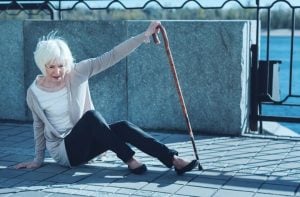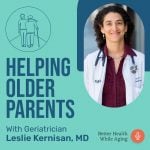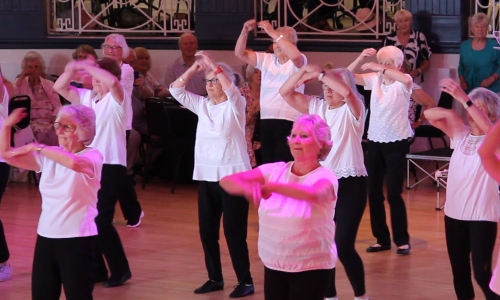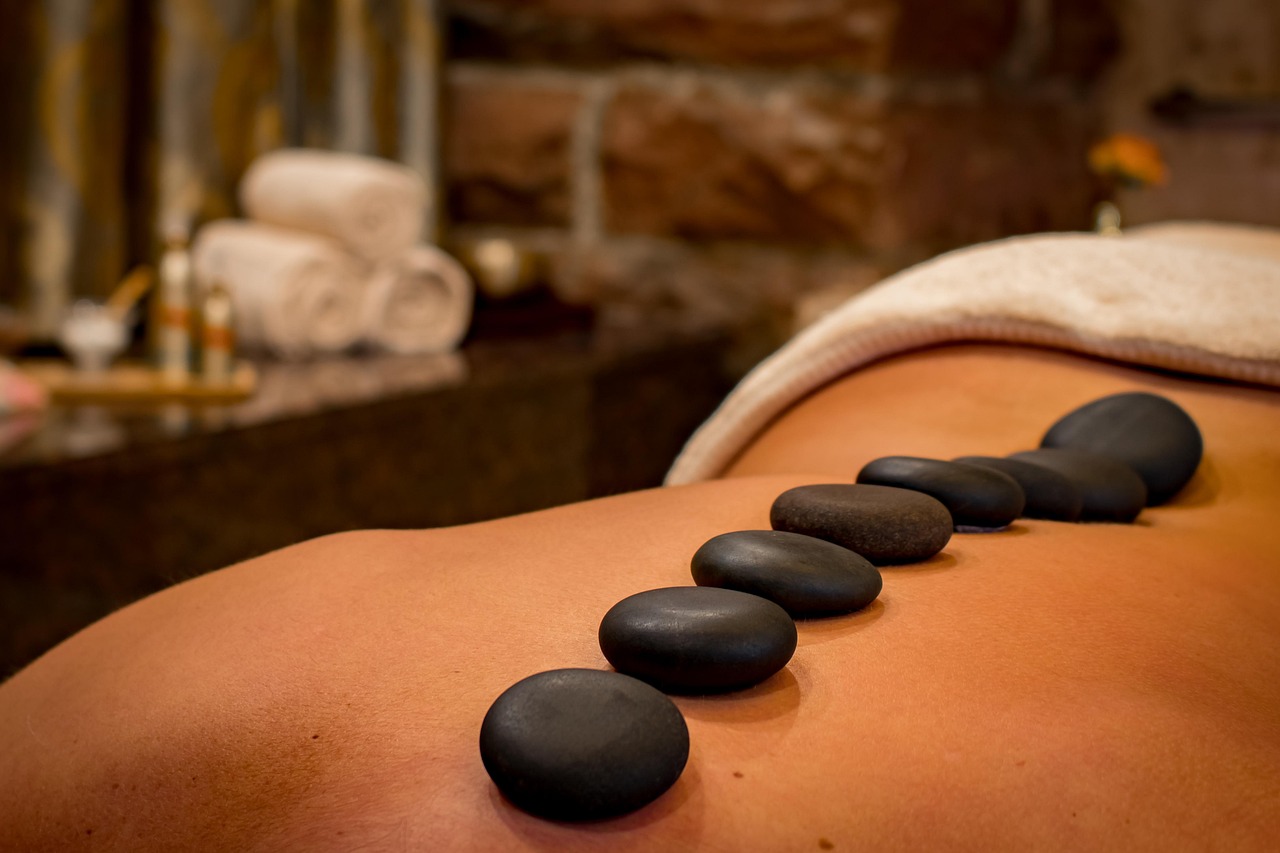
Worried about falls in an older parent or relative? If so, do you know if their doctor has considered the most useful fall prevention approaches?
Fall risk can be reduced, but it generally takes some thought and effort. That’s in part because most older adults have multiple factors making them vulnerable to falls.
In a related article on this site, I’ve explained that best fall prevention plans involve identifying an older person’s particular risks — especially risks related to health conditions — and trying to counter those.
So for instance, if an older person has diabetes and is having frequent moments of low blood sugar (also known as hypoglycemia), then to reduce falls, addressing the hypoglycemia is as important, if not more, as starting an exercise program.
In other words, I always recommend that aging adults and families learn to tailor their fall prevention plans. You want to focus on what are the most important modifiable risk factors for that individual person.
That said, over the years I’ve noticed that there are four approaches that I find myself using over and over again, in almost all my patients who have had repeated falls.
These four approaches are used often by geriatricians, but much less often by busy primary care doctors. Unless, that is, a proactive family asks about them.
My Four Most-Used Fall Prevention Approaches
They are:
- Medication review, followed by reducing medications that increase fall risk.
- Checking blood pressure (BP) sitting and standing.
- This to make sure that BP isn’t overall on the low side (e.g. sitting systolic BP less than 120), and also that it’s not dropping a lot when the older person stands up.
- Gait, strength, and balance evaluations, often in collaboration with physical therapy.
- An evaluation often confirms that an older adult has poor balance and diminished leg strength. Doing exercises specifically designed to improve balance and strength, such as the Otago program, can counter this.
- Home safety assessment and modification, in collaboration with occupational therapy when possible.
- An occupational therapy evaluation usually needs to be ordered by a health provider, as part of skilled home health services.
- The Occupational Therapy Geriatric Group at the University at Buffalo also offers an excellent free home safety workbook here: Home Safety Self-Assessment Tool (HSSAT)
You can hear me explain these four approaches in the related podcast episode embedded below. (Click the magnifying glass for a searchable transcript.)
What about Vitamin D for fall prevention?
I do still recommend that most older adults take a vitamin D supplement, however, I no longer particularly recommend it for fall prevention.
Vitamin D used to be my fifth general recommendation for fall prevention. Even though it seemed the effect on falls reduction was small, at least it’s an easy thing to implement, and a daily dose of 800-1000 IU/day is extremely unlikely to cause harm.
However, the accumulating research evidence has been suggesting that Vitamin D supplementation has no benefit, when it comes to preventing falls. (At least, not in “community-dwelling” adults over age 65, which means older adults who are not in the hospital or in nursing homes.)
In 2018, the US Preventive Services Task Force recommended against Vitamin D supplementation to prevent falls in community-dwelling older adults.
Caveat: they say “Recommendations apply to community-dwelling adults not known to have osteoporosis or vitamin D deficiency.”
That is actually a fairly large group to exclude, given that both osteoporosis and vitamin D are fairly common.
Since vitamin D is unlikely to cause harm and may help some older adults, I still recommend it, just not specifically for fall prevention.
For more, see Vitamin D: What to Know (& Why to Be Careful About High Doses).
Review your fall prevention plan if you’ve fallen or been concerned!
Perhaps the most important strategy to apply is to be proactive in getting help with falls.
Research has found that older adults often don’t report falls to their health providers. Worse yet: when they do, health providers often fail to provide adequate evaluation and management in response.
So, although it’s good to tell your doctor if you’ve fallen, it’s even better to do a little homework and be ready to ask about the four fall prevention approaches I’ve listed in this article:
- Medication review, followed by reducing medications that increase fall risk
- Checking blood pressure sitting and standing
- Gait, strength, and balance evaluations, often in collaboration with physical therapy
- Home safety assessment and modification, in collaboration with occupational therapy when possible
Here are some related articles to help you:
If you want to equip yourself to be even more proactive, you can learn more about how your health providers should be addressing falls on the CDC’s STEADI website.
I’ve also recently compiled a Fall Prevention Resource Guide, click the link below to get your free copy of this PDF resource. It’s short and lists my top recommended online fall prevention resources, so that you have a way to find them fast.
With some gentle reminders from you and others, your health providers will do a better job helping you reduce falls.
This article was last reviewed in November 2024.




